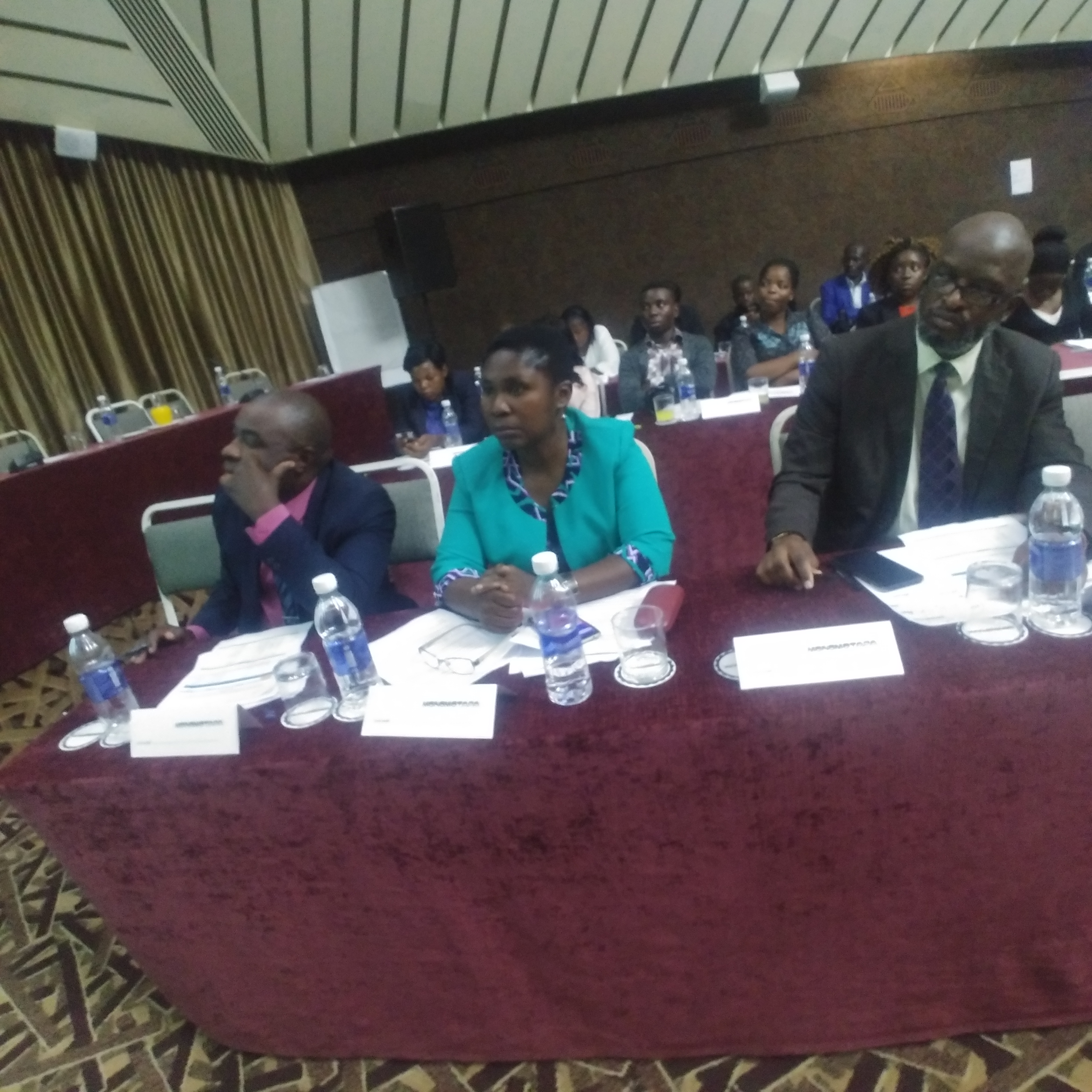The 2019 Labour Survey and Child Labour Survey (LFSCLS) has been described as a key milestone since it seeks to address the limitations of unemployment statistics and provide measures of labour underutilisation in developing countries.
Mr Taguma Mahonde, the Director-General of the Zimbabwe National Statistics Office (ZIMSTAT) made the remarks in his speech at the survey dissemination workshop in Harare on 17 March 2020.
“The LFSCLS is a major milestone in that it is the first labour survey and child labour survey to be done in this country using the new framework for measuring statistics of work, employment and labour underutilisation premised on the 19th International Conference of Labour statisticians (ICLS) resolutions,” Mr. Mahonde said.
This follows the adoption of the new framework by the 19th ICLS in 2013 and its subsequent approval by the International Labour Organization (ILO) Governing Body in 2014. He hailed the fact that the new framework was adopted in response to address limitations of unemployment statistics and provide measures of labour underutilisation beyond unemployment mostly in developing countries.
The changes were also necessitated by the need to cater to the dynamics of labour markets and changing patterns of work.
Ms Hopolang Phororo, the ILO Country Director for Zimbabwe and Namibia hailed the workshop for providing an opportunity to reflect on how well we are doing as a country on employment and labour utilisation.
“This is at a time when the Zimbabwean economy is facing challenges related to growth and inclusiveness. Key labour market indicators become a major talking point and sign of how the economy is performing for the ordinary person in the street. The global labour market is also facing disruptions caused by particularly four megatrends ranging from technology to climate change, from demographic shifts to globalisation. Today the COVID-19–coronavirus pandemic is also wreaking havoc in the world of work necessitating changes in work organisation, et al.
“The dynamics of labour and changing patterns of work require policymakers to respond to the needs of different target groups hence the need for comprehensive labour market information relevant to inform policies. This is especially for countries in Africa, Zimbabwe included that have largely informalised economies and face huge decent work deficits particularly among youths and women. It is important to note that no one indicator can ever fully describe the situation in any labour market. Having a job, for example, does not mean the absence of poverty. One would also need to look at incomes, safety et al,” Phororo said.
Statistics on employment and labour reflect the standards, definitions and methodologies established by governments, national statistics offices, employers, workers and academics under the framework of the International Conference of Labour Statisticians (ICLS). The ILO hosts the ICLS meetings every 5 years to set labour statistics standards as part of the body of international labour standards.
“It is very encouraging to note that ZIMSTAT adopted one of the latest methodologies as outlined in the resolutions of the 2013 19th ICLS on measuring statistics of work, employment and labour underutilization. The new methodology makes a distinction between the different forms of work, in particular, employment work and own use production work as well as components of labour underutilisation, which included unemployment, potential labour force and time-related underemployment. The ILO Governing Board adopted these new international standards of measuring work statistics in 2014.”
The new Labour Force Survey standards confine employment to work performed for others in exchange for pay or profit ONLY and now excludes own use production and volunteer work. It also broadens the labour under-utilisation category redefining the potential labour force to include groups who are classified as outside the labour force but have an unmet need for employment.
She said the statistics on employment and labour also highlight some undesirable elements in the labour market that include child and forced labour; that can take the form of economic, non-economic and hazardous work. These include work and employment in an activity that deprives children of their childhood, their potential, and their dignity and that is harmful to physical and mental wellbeing. Child labour is also categorised in terms of its worst forms and includes exposures to hazardous work; trafficked children, children in forced and bonded labour, armed conflict, prostitution and pornography and illicit activities.
This Survey is also important for measuring progress in a range of national economic and social indicators including strides towards the attainment of the Sustainable Development Goals (SDGs).
Commenting about the survey, UNICEF Zimbabwe Representative, Laylee Moshiri said an area of interest to UNICEF is the Child Labour component.
“Child labour, according to the International Labour Organization (ILO), is “work that deprives children of their childhood, their potential and their dignity, and that is harmful to physical and mental development.” Child Labour is strongly associated with violations of associated child rights like the right to education, the right to play and leisure. UNICEF is ready to work with the Government and all stakeholders in creating a Zimbabwe free from child labour,” Moshiri said.
She emphasised that as the world strives for economic development, the protection of children from economic exploitation remains fundamental.
“These commitments are well articulated in SDGs 8 and 16. Moreover, the UN Convention on the Rights of the Child calls for Governments to, I quote, “recognize the right of the child to be protected from economic exploitation and from performing any work that is likely to be hazardous or to interfere with the child’s education, or to be harmful to the child’s health or physical, mental, spiritual, moral or social development.”
